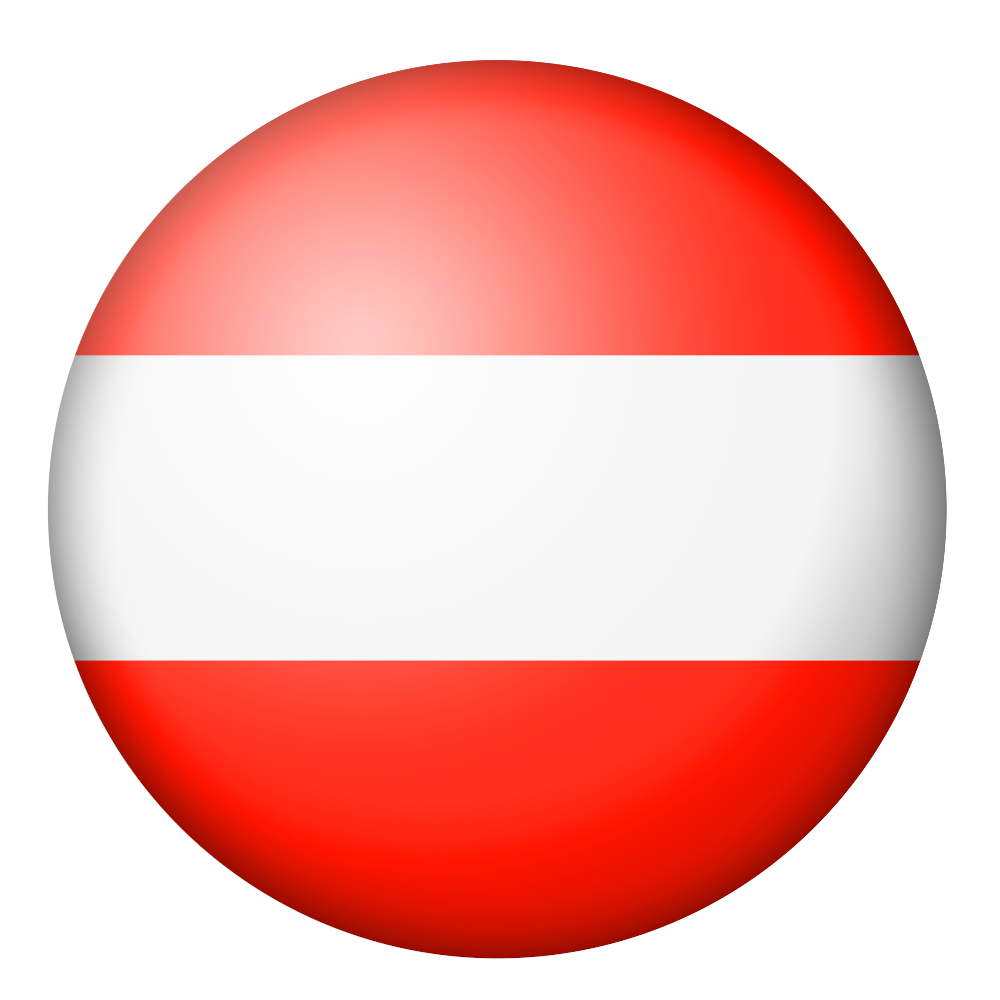Regional information: Soil functions
Related matters in other countries
Soil sealing means that soils are covered with a material that is completely or partially impermeable. If the soil is covered with a layer that is impermeable to water and air, soil life dies. Going by the current state of knowledge, sealed soils are considered irreversibly destroyed. This results in the loss of habitat for animals and plants as well as soil fertility and production functions, humidity decreases due to lower evaporation and leads to greater warming. The lack of infiltration areas also increases the risk of flooding. Areas can have different degrees of sealing. For example, an asphalt-surfaced car park is 100 % sealed, a ground cover of paving stones with wide joints is about 80 % sealed. The amount of land used for residential, industrial, commercial and traffic areas, to name a few, and thus the sealing of the soil is constantly increasing in Europe. Protecting the soil therefore means reducing land use.
AUSTRIA

On average over the last three years, 11.5 ha of land were sealed per day in Austria. This corresponds roughly to the size of 16 football fields. The 3-year average of land use in Austria was 42 km² in 2020. This corresponds to the size of a small town like Eisenstadt. In order to curb this, the government programme 2020 – 2024 stipulates that land use should be reduced to an annual increase of 2.5 ha per day or 9 km² per year by 2030. Industrial, residential, and commercial areas currently account for the largest share of land use in Austria.
GERMANY

In Germany, 40,305 km² were used for settlement and transport in 1992, in 2020 it was already 51,692 km². That is an increase of 28.3% over 28 years.
On average across Germany, almost half (43.7%) of this settlement and transport area is sealed. Even in the big cities there are not only sealed areas, but also public and private green spaces or gardens, and in rural areas the proportion is even larger. In the years 2016-2019, the settlement and transport area grew by an average of 52 hectares per day.
The federal government wants to reduce this value significantly – to a maximum of 30 hectares per day in 2030. In 2050, there should be a “net” value of no new area being used for settlement and transport.
Sources:
- Umweltbundesamt (using data from Statistisches Bundesamt)
- destatis.de
- Sustainable development Deutschland
SPAIN

In Spain, from 2006 to 2015, there was an increase of 7.19% in the area of sealed soil, with an annual increase of 0.72%. In 2015, the surface of sealed land is 6,225 km2 in Spain (622,500 ha).
In the Basque Country, as the rate of urbanisation increased from 2006 to 2011, the area of sealed land reached a percentage of 6.68% of the total area. This percentage has only increased slightly in subsequent years. If this figure is compared with the percentage of sealed land in the rest of the European countries, the Basque Country exceeds the average, which stands at 1.81%, and is similar to the percentages presented by the Netherlands (7.33%) and Belgium (7. 37%).
In 2020, the artificial land of the Basque Country was 49,106 hectares (491 km2) (49,070ha in 2015). Thus, in the last five years the percentage of artificialised land surface for residential uses, economic activities and general systems (infrastructures, facilities and free spaces) has remained stable.
The rugged Basque terrain has resulted in most of the population being concentrated in a few urban centers, with high population densities.
Industrial facilities have traditionally occupied a large part of the territory. In many cases they were located in the cities themselves, or perhaps it would be more correct to say that cities grew around large industries. The intense industrial activity carried out in the Basque Country generated for decades a remarkable environmental impact on the soils that affected an extension of around 16% of the soil of the territory. For this reason, in the 90s it was considered necessary to promote a strategy of recovery of soils that had been exposed to industrial activity.
Sources:
https://www.ingurumena.ejgv.euskadi.eus/r49-aa33a/es/aa33aIndicadoresWAR/indicadoresJSP/index.jsp
https://www.irekia.euskadi.eus/es/debates/1273?stage=conclusions
https://www.eea.europa.eu/data-and-maps/dashboards/imperviousness-in-europe
https://www.euskadi.eus/informacion/suelo/web01-s2ing/es/
